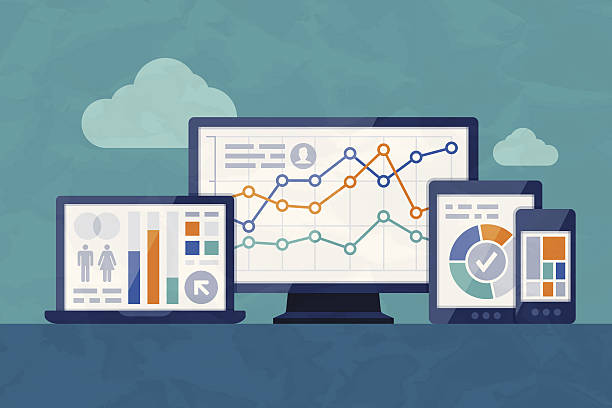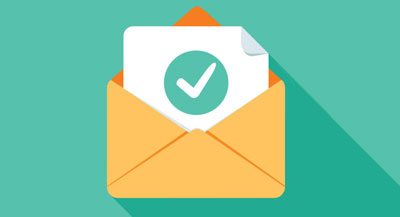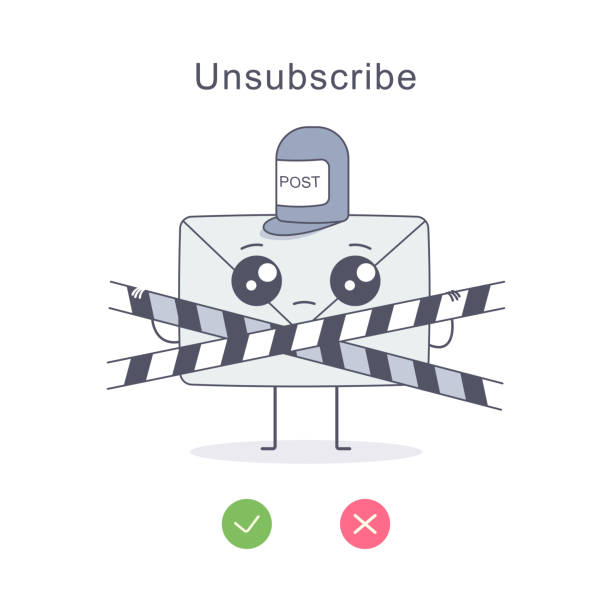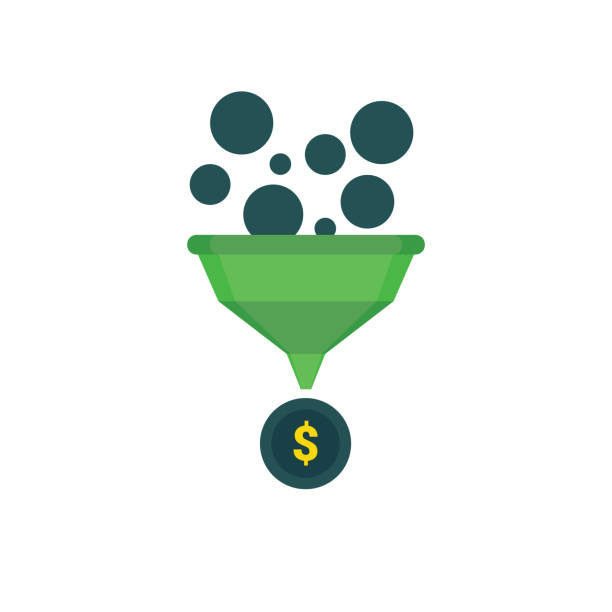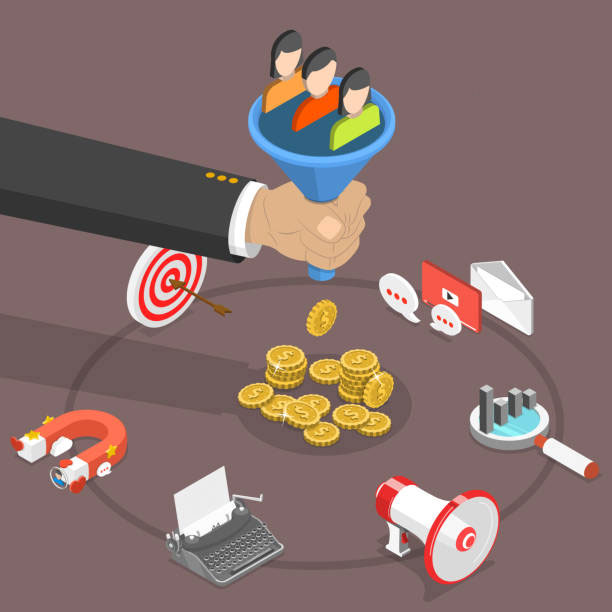The 10 “Need-To-Know” Email Metrics Every Marketer Needs To Track
Email campaigns can be powerful marketing tools for small businesses and enterprises alike. There are, however, email metrics every marketer should be aware of and know how to use for effective email communication. To make your life simpler, we’ve listed out 10 email marketing metrics that each SMB and corporation should track to improve their strategy. Have questions or ideas you’d like to share as you launch your first email marketing campaign? Contact the email experts at FireDrum Email Marketing
1. Email Open Rate
For an email to be effective, it needs to be opened. Measuring your company's email open rate allows you to track how often people open your emails, what users are engaging with your messages, and what efforts are working for your subscriber base.
In general, email campaigns have an average open rate of 24%. Most of these consumers decide whether or not to open the email based on the sender information and the subject line.
Tip #1: To increase open rates for your small business marketing strategy, keep the subject lines short and focused. Many companies have shown great success by using emoticons or the subscriber’s first name to make it personal. Get more subject line ideas in our blog “35 Subject Line Formulas to Boost Your Open Rates.”
2. Click-Through Rate
After your subscribers open your email, the next step is to persuade them to click on a link that leads them back to your website (whether it's your contact us page, a landing page, or product page). The data that measures the number of people that perform this action is called the click-through rate, or CTR. While the goal is to gain as many clicks as possible, it's important to keep in mind that the average click-through rate across multiple industries is 4%.
Tip #2: To increase your CTR, we suggest one of two things. First, in addition to your contextual links, make sure to add clearly visible call-to-action buttons. Incorporating your brand colors, bright borders, and large text will help draw your subscriber's attention to these buttons, assisting in the overall goal of increasing clicks. Second, make sure to add multiple contextual links and button CTA's throughout each newsletter. Making these options readily available will make it easier for your users to connect, as well as increase the probability of clicking to your site.
3. Email Bounce Rate
When emails “bounce,” your ESP is telling you that their email is invalid (permanent issue) or temporarily unavailable. Monitoring and tracking your bounce rate, or the percentage of emails that don’t receive your messages, is essential to keeping a healthy relationship with email providers like Google. When you see your hard bounce rate increase, it’s time to take a look at your contact list. Do you see any misspellings? Company emails that may be connected to a closed business? Keeping these invalid emails off your list will lower your overall email bounce rate.
Tip #3: One way to reduce bounces in your email list to enable double-opt-in for new subscribers. By requiring this step in the signup process, you're not only allowing your subscribers to verify their email address but confirming the quality in your email list.
4. Number of Unsubscribes
Losing subscribers is tough to deal with, but it's something that your company can benefit from if you're tracking the email metrics closely. Watch which emails trigger an unsubscribe to improve your content strategy, email newsletter design, and even automated approach! The closer you monitor the number of unsubscribes and the root of their actions, the better quality of your list will be.
Tip #4: Make it clear and easy for people to unsubscribe, but make sure to send a follow-up feedback survey right after. You can be as detailed or generic as you’d like, but take your customer’s feedback to heart. Providing the opt-out link means you build a sense of trust and empower people to choose what content they want to see.
5. Conversion Rate
The conversion rate is different from the CTR as it measures how many people clicked on your email links to make a purchase or perform another action (such as download a free report). This email metric provides valuable sales data and is another step that measures the effectiveness of your email campaign.
Tip #5: Track conversion rate carefully as it provides insight for your return on investment. You can use these numbers to figure out if your marketing strategies are working in your favor and if it’s money well spent. Do you see fluctuations or drops in your conversion rate? Evaluate what campaigns drove the highest numbers or percentages of conversions to design your next email newsletter.
6. Spam Reports
Having your emails marked as spam can ruin your campaign's performance as well as your relationship with email providers (such as Google and AOL), so it's best to stay on top of spam reports. Check out your email service provider's reports regularly for insight and information on who reported your message as spam. Once you review your reports and analyze your email marketing metrics, make sure the unsubscribed contact is entirely disabled from your CRM (not removed to ensure they're not re-subscribed or sent another message).
Tip #6: Most people mark emails as spam based on the subject line alone. That's why it's crucial for you to avoid using exclamation points, all capitals, and trigger words such as "free." It's also good to prevent attaching files or using too many images that may disrupt your email's flow.
7. Revenue & Sales Rate
It may be difficult to understand how much of your revenue and sales come from your email campaign - that’s where tools like Google Analytics comes in! If connected through your email marketing provider, you can segment your data into separate channels, allowing you to preview how many users completed a transaction after viewing an email, and exactly how much they’ve spent online.
Tip #7: By segmenting your marketing strategies in Google Analytics, you can determine how much you’re making from your email campaigns. Make sure Google Analytics is connected through your email service provider so you can track and evaluate these email metrics to improve your newsletters and online sales.
8. Email Sharing and Forwarding
People who share and forward your messages to friends, family, and even colleagues are the best marketing partners that you can work with. Alongside the credibility that goes along with each message, you're building awareness through these brand advocates. Measuring your email sharing and forwarding data will give you an idea of what newsletters are "sharable" (helping improve your content strategy and promotions), and how often subscriber's pass on your message to someone else. If you do not see much action on the sharing and forwarding front, consider launching a referral campaign that gives your subscribers a free gift, download, or discount if they share your newsletter. While you’re building some excitement and loyalty with your current customer base, you’re also helping generate new customers for your business.
Tip #8: Brand advocates are a great email list building tool, as well as lead generators. To increase your email sharing and forwarding, we recommend adding CTA's that allow users to quickly post your message on social media or forward the email newsletter to another email address.
9. Email Engagement
Tracking your email engagement (how often users opened your message, how many buttons they’ve clicked on, what time of day they’re checking their messages, and so forth), gives you an understanding of how well your email campaign is doing. Monitoring your engagement level will help you to figure out what parts of your campaign work and what parts could use some improvement.
Tip #9: To get the most out of this data, focus on your email open rates and click-through rates. Doing this over a period of time can tell you if you should send at a different time or on a different day for better results based on your industry.
10. Email ROI
Lastly, it's essential to track your return on investment, or ROI, from your email campaigns. This email metric can be calculated by subtracting the money you've spent from your overall sales (either by taking your revenue amount in Google Analytics or by tracking your in-store purchases tied back to an email promotion). See how valuable and useful your campaigns are by analyzing this data, and work to improve your ROI by flagging and replicating top campaigns that have a significant ROI.
Tip #10: If you keep track of which campaigns generated the highest ROI (money earned minus the amount you spent), you can create a rock-star template that includes high-converting promotions, elements, and buttons. Don’t overuse this email template and promotion, but make sure to incorporate it once a month for a boost in overall sales!
Experts Can Help
Following the right strategy and being aware of these email marketing metrics can help increase your click-through rates, open rates, and ROI. However, if you're misusing them, your sales may take a hit. To avoid that, partner with an email marketing expert. Our team of graphic designers, email specialists, and marketing gurus will help you formulate the perfect email strategy and newsletter components. Need more than just consulting? Learn about our managed email marketing services and contact us, today.
Explore Managed Email Marketing
Email Marketing Metrics That Will Help You Succeed
Learning the meaning behind each metric will help you evaluate the effectiveness of your emails and create better campaigns. Our top tips are designed to help your small business or enterprise succeed.
- Create clear and focused subject lines for better email open rates.
- Make your links visible and appropriately abundant within the email.
- Clean out your lists regularly to lower bounce rates.
- Make sure the unsubscribe link is clear and visible.
- Track your conversion rates to see how effective your email content is.
- Check spam rates and subject lines to see what changes you can make to lower these rates.
- Segment your sales data to see which percentage comes from email campaigns.
- Incorporate social share buttons and email forwarding links to increase your subscriber list and overall sales.
- Watch when users are opening your email and determine the best day/time for sending.
- Create a template that incorporates elements from your campaigns with the highest ROI.
With these email metrics and tips for better data, there’s no reason why your emails can’t give you the results and ROI you want. Partnering with a professional team like FireDrum Email Marketing will help you reach these results and boost your email strategy.
